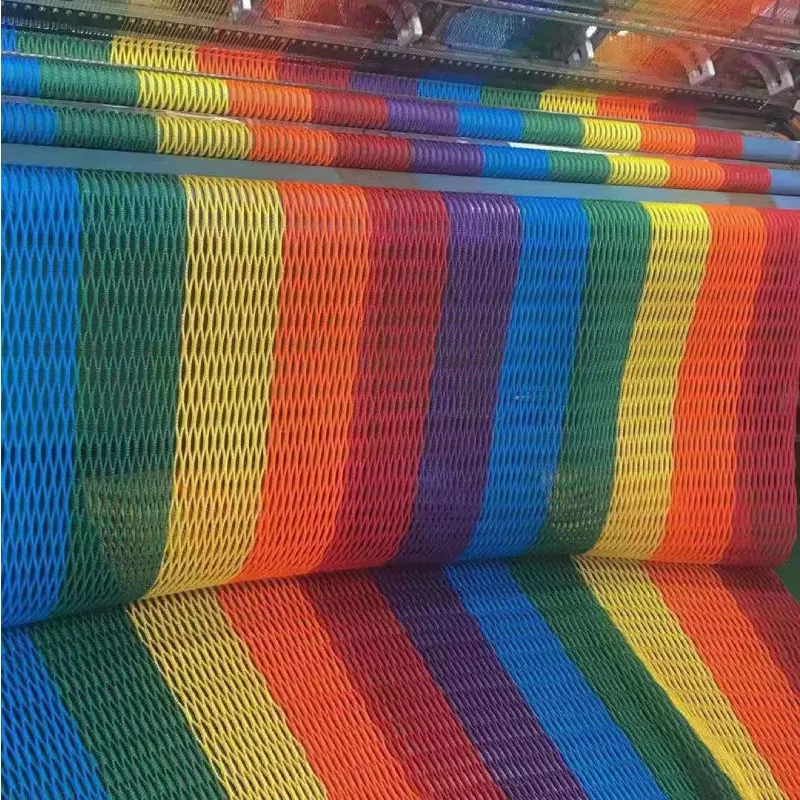-
 Afrikaans
Afrikaans -
 Albanian
Albanian -
 Amharic
Amharic -
 Arabic
Arabic -
 Armenian
Armenian -
 Azerbaijani
Azerbaijani -
 Basque
Basque -
 Belarusian
Belarusian -
 Bengali
Bengali -
 Bosnian
Bosnian -
 Bulgarian
Bulgarian -
 Catalan
Catalan -
 Cebuano
Cebuano -
 China
China -
 Corsican
Corsican -
 Croatian
Croatian -
 Czech
Czech -
 Danish
Danish -
 Dutch
Dutch -
 English
English -
 Esperanto
Esperanto -
 Estonian
Estonian -
 Finnish
Finnish -
 French
French -
 Frisian
Frisian -
 Galician
Galician -
 Georgian
Georgian -
 German
German -
 Greek
Greek -
 Gujarati
Gujarati -
 Haitian Creole
Haitian Creole -
 hausa
hausa -
 hawaiian
hawaiian -
 Hebrew
Hebrew -
 Hindi
Hindi -
 Miao
Miao -
 Hungarian
Hungarian -
 Icelandic
Icelandic -
 igbo
igbo -
 Indonesian
Indonesian -
 irish
irish -
 Italian
Italian -
 Japanese
Japanese -
 Javanese
Javanese -
 Kannada
Kannada -
 kazakh
kazakh -
 Khmer
Khmer -
 Rwandese
Rwandese -
 Korean
Korean -
 Kurdish
Kurdish -
 Kyrgyz
Kyrgyz -
 Lao
Lao -
 Latin
Latin -
 Latvian
Latvian -
 Lithuanian
Lithuanian -
 Luxembourgish
Luxembourgish -
 Macedonian
Macedonian -
 Malgashi
Malgashi -
 Malay
Malay -
 Malayalam
Malayalam -
 Maltese
Maltese -
 Maori
Maori -
 Marathi
Marathi -
 Mongolian
Mongolian -
 Myanmar
Myanmar -
 Nepali
Nepali -
 Norwegian
Norwegian -
 Norwegian
Norwegian -
 Occitan
Occitan -
 Pashto
Pashto -
 Persian
Persian -
 Polish
Polish -
 Portuguese
Portuguese -
 Punjabi
Punjabi -
 Romanian
Romanian -
 Russian
Russian -
 Samoan
Samoan -
 Scottish Gaelic
Scottish Gaelic -
 Serbian
Serbian -
 Sesotho
Sesotho -
 Shona
Shona -
 Sindhi
Sindhi -
 Sinhala
Sinhala -
 Slovak
Slovak -
 Slovenian
Slovenian -
 Somali
Somali -
 Spanish
Spanish -
 Sundanese
Sundanese -
 Swahili
Swahili -
 Swedish
Swedish -
 Tagalog
Tagalog -
 Tajik
Tajik -
 Tamil
Tamil -
 Tatar
Tatar -
 Telugu
Telugu -
 Thai
Thai -
 Turkish
Turkish -
 Turkmen
Turkmen -
 Ukrainian
Ukrainian -
 Urdu
Urdu -
 Uighur
Uighur -
 Uzbek
Uzbek -
 Vietnamese
Vietnamese -
 Welsh
Welsh -
 Bantu
Bantu -
 Yiddish
Yiddish -
 Yoruba
Yoruba -
 Zulu
Zulu
Versatile Plastic Mesh for Plant Support and Gardening Solutions
The Versatility of Plastic Plant Mesh A Practical Solution for Gardening and Landscaping
In the world of gardening and landscaping, one tool that has gained significant attention is plastic plant mesh. This innovative material offers a variety of applications, making it a popular choice for both amateur gardeners and professional landscapers. By understanding its features, benefits, and applications, one can appreciate why plastic plant mesh has become an essential resource in horticulture.
What is Plastic Plant Mesh?
Plastic plant mesh is a lightweight, durable fabric made from high-density polyethylene or polypropylene. This synthetic material is designed to withstand harsh weather conditions, making it suitable for outdoor applications. The mesh typically consists of a series of interwoven strands that create a grid-like pattern. This structure allows for excellent airflow and light penetration while providing the necessary support for plants.
Benefits of Using Plastic Plant Mesh
1. Support for Growing Plants One of the primary uses of plastic plant mesh is to provide support for climbing plants and vines. By using this material, gardeners can create trellises that help plants grow vertically, maximizing space and improving air circulation.
2. Weed Control Plastic plant mesh can effectively suppress weeds when laid on the soil surface. Its grid structure allows water and nutrients to reach the soil while blocking sunlight, which inhibits weed growth. This feature significantly reduces the need for chemical herbicides, promoting a healthier gardening environment.
3. Soil Erosion Prevention In landscaped areas, plastic plant mesh can serve as a protective barrier against soil erosion. By laying it over exposed soil, it helps keep the ground intact while allowing water to permeate, reducing runoff and protecting fragile ecosystems.
4. Plant Organization For those with home gardens or larger landscaping projects, plastic plant mesh can assist in organizing plants. It’s easy to create designated growing areas, dividing plant types or creating pathways that enhance both aesthetics and functionality.
plastic plant mesh

5. Durability and Longevity Unlike traditional gardening materials, plastic plant mesh is weather-resistant and can last for many seasons without degrading. This durability makes it a cost-effective solution for long-term gardening projects.
Applications of Plastic Plant Mesh
The versatility of plastic plant mesh makes it suitable for various applications. Here are a few notable uses
- Trellises and Supports For climbing varieties like beans, peas, or flowering vines, plastic plant mesh provides sturdy support, allowing for vertical growth which can lead to healthier plants and increased yields. - Garden Borders Gardeners can use mesh to create borders or barriers that keep wayward plants contained while also providing a clean, finished look to the garden.
- Hanging Planters For those who prefer vertical gardening, the mesh can be shaped into hanging planters, allowing for creative displays of flowers and herbs in limited spaces.
- Compost Bins A mesh design can facilitate airflow in homemade compost bins while keeping larger materials contained, which expedites the composting process.
Conclusion
Plastic plant mesh is an invaluable resource for anyone interested in gardening and landscaping. Its ability to support plant growth, prevent weeds, conserve soil, and offer long-lasting durability makes it a preferred choice among gardeners. As more people turn to gardening as a hobby or sustainable practice, the demand for versatile tools like plastic plant mesh will undoubtedly continue to rise, proving that such a simple material can indeed play a significant role in creating lush, vibrant outdoor spaces.
-
Shipping Plastic Bags for Every NeedNewsJul.24,2025
-
Safety Netting: Your Shield in ConstructionNewsJul.24,2025
-
Plastic Mesh Netting for Everyday UseNewsJul.24,2025
-
Nylon Netting for Every UseNewsJul.24,2025
-
Mesh Breeder Box for Fish TanksNewsJul.24,2025
-
Expanded Steel Mesh Offers Durable VersatilityNewsJul.24,2025











